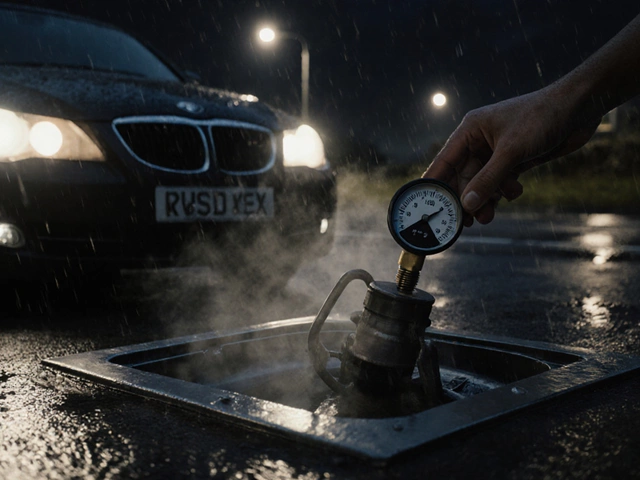Dipstick Basics: Check Your Oil the Right Way
Ever wondered why mechanics always pull out a metal stick before starting the engine? That’s the dipstick, and it tells you exactly how much oil you have. A quick dipstick check can save you from costly engine repairs, and you only need a few minutes.
Why the Dipstick Matters
The dipstick is the simplest tool for measuring oil. It shows you the actual oil volume and, indirectly, the oil’s condition. If the level is low, the engine can overheat or seize. If the oil looks dark and gritty, it’s time for a change even if the level looks OK. In short, the dipstick gives you a real‑time health report for your engine.
Step‑by‑Step Oil Check
1. Park on level ground. A tilted car gives a false reading. Turn off the engine and wait a minute so the oil settles.
2. Locate the dipstick. It’s usually a bright‑colored handle near the engine block. If you can’t find it, check the owner’s manual.
3. Pull it out and wipe it clean. Use a lint‑free cloth or paper towel. This removes oil that clings to the stick and gives you an accurate reading.
4. Re‑insert fully. Push the dipstick all the way back in, then pull it out again. This ensures the reference marks line up correctly.
5. Read the level. Look for two marks – “low” and “full.” The oil should sit between them, ideally closer to the middle. If it’s below the low mark, add oil right away.
6. Check the oil’s appearance. Good oil is amber and clear. If it’s black, sludgy, or smells burnt, schedule a change.
7. Replace the dipstick. Push it back in until it clicks or feels snug. A loose stick can give wrong readings.
That’s it – a full dipstick check in under five minutes. Doing it once a month, or before long trips, keeps you ahead of problems.
When should you replace the dipstick itself? Most sticks last the life of the car, but if it’s bent, cracked, or the markings are worn, get a new one. A damaged stick can mislead you, and that’s a risk you don’t want.
Need a quick oil top‑up? Use the same dipstick as a guide. Add oil a little at a time, re‑checking after each pour. Overfilling can cause foaming and raise pressure in the crankcase, which isn’t good either.
Some drivers skip the dipstick check because they rely on dashboard warning lights. Those lights only pop up when the oil pressure drops dangerously low – by then, you could already have damage. The dipstick is a proactive tool, not a reactive alarm.
If you’re unsure about the right oil type, consult the owner’s manual or ask a professional at Northwich Tyres Centre. Using the correct viscosity helps the engine run smoother and can extend the time between oil changes.
Remember, the dipstick is cheap, easy, and powerful. A few seconds each month can keep your engine running smoothly for years.
 21 November 2024
21 November 2024
Understanding Oil Color on a Dipstick: What to Know for Optimal Engine Health
Checking the color of oil on a dipstick is a simple yet critical part of car maintenance. This article explains what different oil colors can indicate about the health of your engine. It provides insights into how oil color changes over time and offers practical tips for determining when it's time for an oil change. By understanding these visual cues, you can help prolong the life of your engine and keep your vehicle running smoothly.






0